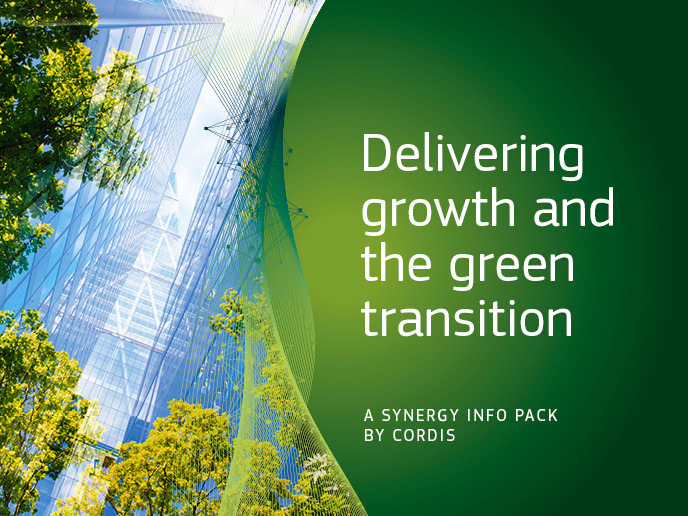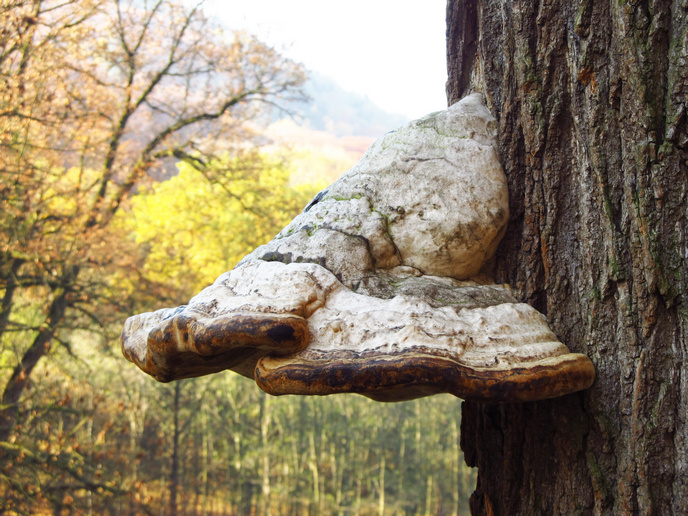Sea slugs and stolen energy sources
Sea slugs of the genus Elysia partially digest algae and use the algae's still-functioning chloroplasts to produce energy for themselves through photosynthesis (known as kleptoplasty). Scientists don't yet understand how sea slugs keep the harvested chloroplasts functioning without being damaged by the excess energy from harvested light. The EU-funded research initiative PHOTOSYMBIOXIS (Physiological and behavioural photoprotective processes against oxidative stress in marine photosynthetic symbioses) aimed to better understand how the sea slug Elysia viridis and the chloroplasts interact. Excess energy produced by chloroplasts will often 'leak' as reactive oxidative chemicals, damaging the chloroplasts and surrounding cellular machinery. Researchers focused on how the sea slug's body and behaviour help to protect it from these chemicals. PHOTOSYMBIOXIS identified some of the microbiological mechanisms that Elysia slugs use to protect themselves and extend the life of their co-opted chloroplasts. This new research was made public through four peer-reviewed papers, presentations at workshops and journals, and international research exchanges. This information will help researchers better understand how organisms protect themselves against oxidative stress.







